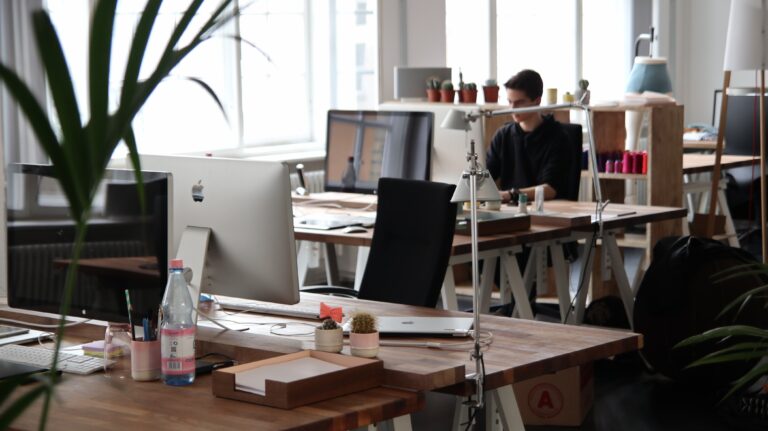Design Services
“Design is not just what it looks like. Design is how it Works.” – Steve Jobs
- Design service is the activity of planning and organizing people, infrastructure, and communication and material components of a service in order to improve its quality and the interaction between the service provider and its customers.
- The purpose of service design methodologies is to establish best practices for designing services according to both the needs of customers and the competencies and capabilities of service providers.
- Service design practice can be both tangible and intangible and it can involve artifacts or other elements such as communication, environment and behaviors.
- Allows greater customer freedom, and better provider adaptability to the customers’ behavior.
- Service Design at its core is decent, it’s cool and it adds a whole new level of interest and fun to a client/agency/user.
PRINCIPLES OF DESIGN SERVICES:
Human-centered: Consider the experience of all the people affected by the service.
For instance, service design must consider not only the customer experience but also the interests of all relevant people in retailing
Collaborative: Stakeholders of various backgrounds and functions should be actively engaged in the service design process.
The service exists with the participation of customers, and is created by a group of people from different backgrounds.
Sequential: “Sequential” means that service need to be logically, rhythmically and visually displayed.
For example, when a customer shop at an online website, the first information showed up should be the regions where the products can be delivered.
In this way, if the customer finds that the products cannot be delivered to their region, they will not continually browse the products on the website.
Real: “Real” means that the intangible service needs to be displayed in a tangible way. For example, when people order food in a restaurant, they can’t perceive the various attributes of the food
If we play the cultivation and picking process of vegetables in the restaurant, people can perceive the intangible services in the backstage, such as the cultivation of organic vegetables, and get a quality service experience.
This service also helps the restaurant establish a natural and organic brand image to customers.
Holistic: Services should sustain ably address the needs of all stakeholders through the entire service and across the business.
Holistic thinking also needs to understand that customers have multiple logic to complete an experience process.
Thus, service designer should think about each aspect from different perspectives to ensure that no needs are missing.
BENEFITS OF DESIGN SERVICES:
- A different kind of view.
- Design for change.
- Service design makes it possible to make the customer experience an organization-wide responsibility.
- Greater understanding of the customer and the customer experience.
- Learn with customers to improve the design and develop a more effective solution in the long run.
- Forming relationships.
- Improves sales.
- Strengthen the Brand and Identity.



